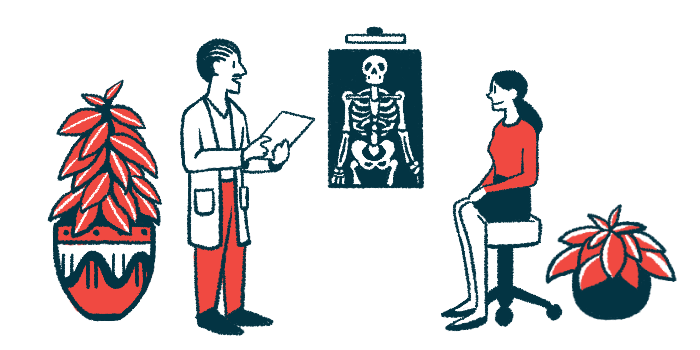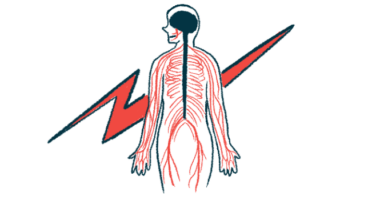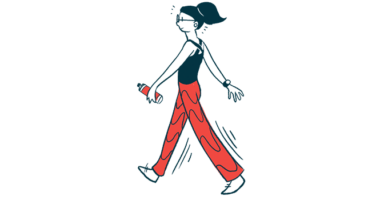Most girls with Rett syndrome develop scoliosis: Review study
Study finds two in three affected with condition; some have foot deformities

About two in three girls with Rett syndrome develop scoliosis, a sideways curvature of the spine, while one in two exhibit foot deformities, according to a review study.
About 30% of the patients experienced hip dislocations, the study found. In general, scoliosis was more prevalent in studies with a higher proportion of patients with MECP2 mutations, the main cause of Rett, and those enrolling patients with a mean age above 13.
“These findings enhance our understanding of the prevalence of orthopaedic conditions in [Rett], which can guide the establishment of surveillance protocols, clinical guidelines, and management strategies tailored to the needs of [Rett] patients,” the researchers wrote.
The review, “Prevalence of orthopaedic conditions in Rett syndrome: a systematic review and meta-analysis,” was published in the Journal of Intellectual Disability Research.
The MECP2 gene provides instructions for producing a protein of the same name that regulates the activity of other genes by switching them on or off. The MeCP2 protein is particularly important for the brain’s development and function.
Systematic review
Rett syndrome mainly affects females and is associated with difficulties in cognitive, sensory, emotional, and motor skills, usually starting in early childhood. Rett patients may also develop orthopedic issues (those affecting joints, bones and muscles) including scoliosis, hip displacement, knee problems, and foot deformities.
To know more about the prevalence of orthopedic symptoms in Rett patients, researchers in Spain conducted a systematic review of available studies published after 2000 that included 10 or more Rett patients.
A total of 21 studies, enrolling 9,997 girls with Rett with a median age of 14.1, were included in the analysis. In eight studies (1,396 participants) with available data, 88.9% of the patients had classic Rett, while 11.1% had atypical Rett.
In 17 studies involving 3,442 patients, 84% of the participants tested positive for MECP2 mutations. Twenty studies reported on scoliosis, while four had data on hip dislocation and foot deformities, and one described knee problems.
Overall, 64.5% of the patients had scoliosis, 53.3% had foot deformities, and 29.6% had hip displacement. Scoliosis prevalence was higher in studies with a 70% or higher proportion of patients with MECP2 mutations (69.1%) and in patients with a mean age above 13 relative to younger counterparts (73% vs. 58.7%). This difference between patients younger or older than 13 became more pronounced when excluding studies reporting less than 70% MECP2 mutations.
The researchers said the findings “underscore scoliosis as the most common orthopaedic issue in [Rett], followed by foot deformities and hip displacement.”
Eleven studies reported that a median of 40.4% of the patients with scoliosis underwent spine surgery, while in two studies 40% of the patients wore a brace to slow down the progression of the spine curvature.
Hip dislocations were treated with surgery in 46.7% of patients enrolled in two studies. One study reported on seven patients who underwent foot surgery.
“Recognising the prevalence of these conditions is crucial for comprehensive patient care and supports the development of surveillance programs for early detection and management to maintain function and quality of life,” the researchers wrote.
One limitation of the study was that it didn’t “differentiate the prevalence of orthopaedic conditions by age, which is crucial given the progressive nature of some conditions in [Rett],” they noted.







